The bedrock of MyGolfSpy is our annual Most Wanted testing. It’s entirely objective, data-driven, and values a single criterion – performance. That said, purchasing decisions often incorporate more subjective elements. So with that, our annual Editors’ Choice Awards look to honor products, technologies, and companies based on opinions of the MyGolfSpy staff, player feedback, and the likelihood a product will impact the industry landscape. It’s a chance for us to venture beyond the data and tell you about our favorite products and anecdotes from 2019.
Though we’re firmly in an era where equipment advancements are incremental and not monumental, there are always innovative ideas and difference makers to highlight. In 2019, we witnessed a number of outstanding products, several missed opportunities as well as categories where nothing piqued our interest.
If anything, perhaps the lasting legacy of 2019 will be that beauty really is only skin deep.
Here are this season’s winners:
Golf Equipment Story of the Year: Callaway Chrome Soft Quality Control Problems
The quality control problems at Callaway’s Chicopee Massachusetts golf ball manufacturing facility was hands down the biggest golf equipment story of the year, and MyGolfSpy was the only outlet to cover it. It’s one of many examples of major (and not so major) media outlets choosing advertisers over their readers.
If you missed it, here’s the brief rundown of what happened. During our 2019 Ball Test, Callaway’s Flagship golf ball (and the #2 ball on the market) had an embarrassingly poor showing. Inconsistent, occasionally wildly offline and appreciably shorter than other Tour offerings. Check, check, and check.
After some blowback from Callaway, we started cutting open balls, and we didn’t have to cut open many before we began finding visibly off-center cores, inconsistent mixing, and uneven layering. It’s the kind of thing that leads to inconsistent and sometimes unpredictable performance on the golf course. As the story spread, our inboxes were flooded with photos from golfers (including some Callaway staffers) who had cut open their Callaway golf balls and found similarly off-center cores, improperly mixed materials (swirly cores), and even the occasional patch of missing dimples.
Cutting balls across multiple generations, we found ongoing quality control issues in Callaway’s 4-piece offerings that predated HEX Black.
While Callaway initially dismissed the results of our ball test, in the wake of #FindItCutIt, it has taken a more productive approach. It has (more quietly than we’d like) admitted that quality control at the plant needs to be improved and has committed additional money above and beyond what it had initially planned to spend on upgrades to make that improvement a reality.
Over the past couple of months, Callaway is saying (and showing us) all the right things, and we expect Callaway will seek to position itself as a quality leader moving forward. It goes without saying that we’ll be looking very carefully at the next generation of Callaway balls.
Driver: COBRA F9 Speedback
Artificial Intelligence might be the future of driver design, but in the present, we won’t overlook the Cobra F9 Speedback. It missed out Most Wanted status by the slimmest of margins, and if our ranking methodologies gave the slightest allowance for looks, sound, or feel, it would have been the winner. Simply put, it was an outstanding performer that the MyGolfSpy staff and our testers, for that matter, liked better than anything else.
In an industry that’s typically afraid of anything that looks even a little bit different, we love what Cobra did with aggressively reshaping the driver to provide a low center of gravity without compromising forgiveness or aerodynamics. It’s a detail easily lost on most golfers, but we suspect you’re going to see more brands taking a similar approach (while they work to bring more computers online). And while not everyone loved Cobra’s bold use of black and yellow, it helped Cobra carve out a new identity in the driver space. That’s not to suggest that Cobra is poised to take on the market leaders at retail, but the company saw significant growth in the driver category in 2019, which isn’t something the market leaders can say.
New Club Tech: Callaway’s AI-Driven Design
As far as break-through, game-changing, or any other typically hyperbolic adjective you can come up with goes, no new technology shows more promise in the club design space than super computer-powered artificial intelligence. It was the story behind Callaway’s Flash Face technology and will likely be a hallmark of Callaway technology stories for the foreseeable future.
Whatever you can do, computers can do better…or something like that.
In its first publicized iteration, AI allowed Callaway to reshape the interior side of the driver face in such a way as to boost ball speed on center strikes while remaining under the USGA’s CT limits. As the implications for machine learning evolve and designers better understand how to program the machine to improve the quality of the results, there’s no reason to believe the use of AI won’t spread beyond the face, and perhaps even beyond the clubhead.
While Callaway was the first to make noise, they’re not the only ones relying on computing horsepower to improve the design process. As the technology progresses, it may very well be CPU cycles that separate the industry leaders from the rest of the pack.
Fairway Wood: NONE
We could all probably name a half a dozen excellent fairway woods from the 2019 crop. Callaway’s Sub Zero won 2019 Most Wanted Fairway Wood. Cobra’s F9 Speedback continued a quiet tradition of excellence. With TS, Titltiest re-emerged as a serious player. TaylorMade’s M5 brought massive adjustability paired with a high-speed titanium face. PING’s G410 SFT proved that shot shape correction with enhanced forgiveness doesn’t need to be limited to the driver category.
All of that said, we don’t believe there was anything groundbreaking in the category, and certainly, nothing that blew our minds.
Hybrid: NONE
It’s difficult to make any noise in the hybrid category. A healthy percentage of golfers won’t play them, and those that will are split between golfers looking for a more iron-like hybrid, a more fairway-like hybrid, and something in-between. Couple that with the unspoken reality that OEMs don’t put as much money into developing and marketing hybrids as they do drivers and even fairway woods, and it’s easy to understand why many golfers treat the category as an afterthought.
As with the fairway wood, all of us could make an argument for our favorites, but there isn’t enough compelling information to suggest that there’s a stand out in the category.
Super Game Improvement Iron: COBRA F-MAX
It’s easy for an outstanding super game improvement iron to fall through the cracks, and frankly, F-Max almost did. We considered some of the fall releases, but when we went back and looked at the test results, we realized we couldn’t overlook F-Max. It won its category going away, and it’s not often we see that type of separation.
Yeah, we know game improvement isn’t sexy, and a good bit of our audience would prefer we ignored the category entirely, but the reality is that we’re all getting older, and as time passes, more of us will need a little help getting the ball in the air. Couple that with the sometimes unfortunate reality that modern lofts don’t always work for slow swing speed golfers, and well, frankly, it’s actually kind of exciting to find a club that offers superior performance for the audience it was designed for. There’s no longer, faster, stuff here. The Cobra F-Max is all about making the game more enjoyable for the guy who doesn’t have the speed he used to, and for that guy, nothing does it better or at a better price than F-Max.
Game Improvement Iron: None
Mizuno’s JPX 919 Hot Metal was really good (a Most Wanted Winner), Cobra surprised us with F9 Speedback (and we remain intrigued by ONE Length), PXG’s 0311 GEN2 XP made a strong showing. You could probably make a reasonable argument for a handful of others as well. Like a few other categories, however, we can’t find a storyline we like enough to justify a winner.
Players Distance Iron: None
The players distance category is, for the most part, still in its infancy. What we saw this year was companies taking a second crack at things…evolving designs though not necessarily significantly improving them. Mizuno, TaylorMade, and Honma impressed during testing. We love the Cobra Forged Tec Offering, and for those for whom money is no concern, the PXG 0311 and Titleist CNCPT offers are plenty compelling.
It’s a category begging for a standout performer, but we didn’t find one this year.
Players Iron: Mizuno MP-20 Series
Released after Most Wanted Testing wrapped up for the season, Mizuno’s MP-20 series of players irons was an immediate hit with the MyGolfSpy staff, Mizuno loyalists, and judging by early backorders, more than a few better players.
The offering spans three distinct models, and we love all of them. That’s because the MP-20 is everything you’d expect from a Mizuno iron, but so much more. The MP-20 (no suffix) is as clean a blade as Mizuno has made in several generations. The MMC builds on the legacy of the MP-59, and the hollow body HMB, while easily mistaken for a freshening of the FLI-HI line, is like nothing we’ve seen from Mizuno before. The feel provided by the unique copper underlay common to all of the models exceeds every expectation – even if Mizuno is your baseline.
A decade or so from now, the MP-20 may very well be revered in much the same way as the MP-14 or MP-32. Let’s call it a modern classic that seems destined to become iconic.
Wedge: PING Glide 3.0
PING is easy to overlook in a market dominated by names like Vokey and Cleveland (and by extension, Callaway), but what we saw in the wet portion of our 2019 Most Wanted Wedge test made the PING Glide 3.0 and it hydrophobic Hydropearl finish an easy choice in this category.
The truth is that some companies design their wedges to spin like hell (for the first 100 shots or so), others focus on groove durability and maintaining spin for the long haul, but few take the extra step of doing everything possible to retain spin when conditions get a little bit damp. Perhaps not as sexy a story as Artificial Intelligence, PING has been working to shed moisture of its clubfaces for several years now, but with the incorporation of water into our wedge test, we’ve come to realize how impactful the technology really is.
Not every OEM is on-board (it took us a few years to get on this train too), but as the body of research continues to grow, we think moisture management stories like this one will be part and parcel of nearly every new wedge design.
Blade Putter: NONE
It should go without saying that there’s a ton of overlap in the blade (or blade-ish) putter category, which means its increasingly rare for anything to stand out from the crowd. As with several other categories, this is a case where we found plenty we liked, lots of near can’t miss products, but nothing that gets our juices flowing from a performance or price perspective.
Mallet Putter: Tommy Armour Impact Series No. 3 Alignment
We’ll be the first to acknowledge this is an odd choice, but for the 2nd year in a row, Tommy Armour’s Impact Series No. 3 Alignment Mallet finished on top in our Most Wanted Mallet Test. Everything we said last year is still true. For $99 the No. 3 continues to offer outstanding performance at a price that’s significantly lower than anything you’ll find from any of the big brand putters.
The response from golfers has been excellent as many of those bold enough to take a chance on a house brand putter have raved about the outstanding performance. The bang for the buck argument is easy to make (again, it’s $99 and sometimes goes on sale for less), but what’s most impressive is that the Impact No.3 more than holds its own against putters priced several hundred dollars more.
Golf Ball: THE INSIDE
Sometimes it’s what you can’t see that matters most. That’s especially true with the golf ball.
2019 should go down as a year where golf ball discussions took a quantum leap forward. The Ball Test, #FindItCutIt, etc.; We were able to show that soft is slow. We exposed serious quality control issues with several brands, though most notably at Callaway. We found the same ball with multiple logos and discovered that manufacturing consistency across brands (and often within the same box) can vary wildly and often absurdly.
We thought long and hard about who or what our Editor’s choice in this category should go to. We flirted with the idea of giving it to Bridgestone, Srixon, and Titleist on the basis that their quality stories – which are often dismissed as routine for the industry – were largely validated.
Ultimately, we decided that it’s The Inside of the ball was the real story this year. As we work to provide more insight into the realities of golf ball manufacturing, we hope that quality and consistency will become every bit the talking points that performance and price are in the golf ball space and that you, the golfer, will benefit because of it.
Golf Grip: Golf Pride ALIGN
Last year, the ALIGN grip showcased industry leader Golf Pride’s modernized take on the reminder grip. Initially available in the MCC and MCC Plus4, ALIGN has spread to the Tour Velvet and Z Cord Grip. ALIGN was our choice in 2018, and it’s our top choice again this year.
There’s no rule against that. We checked.
Sometimes you get to the top and stay there for a reason. Grips don’t exactly scream high-tech, and when golfers find something they like, they tend to stick with it. When there is a meaningful change in the market, you can bet it’s for something noteworthy. With that in mind, it seemed risky when Callaway chose ALIGN for its stock grip on the Epic Flash line, but the response was plenty positive, and likely convinced a healthy percentage of golfers to put ALIGN on all of their clubs. Not that it’s particularly relevant, but we’ve also heard stories of golfers requesting to have their ALIGN grips installed rib up.
Golf Shaft: Fujikura VENTUS
The Fujikura Ventus is the most significant manifestation of the research and subsequent insight gleaned from Fujikura’s proprietary ENSO system. It’s the rare product that delivers on its promise – in this case, Ventus’ VeloCore technology boosts the forgiveness of your clubhead by providing greater resistance to twisting and ultimately by delivering a more consistently centered impact.
Ventus is played by most (if not everyone) on the MyGolfSpy staff. More notably, it found its way into several Tour player’s bags, racked up 3 PGA Tour wins, and, most importantly, was a hit with average golfers as well. Despite its higher price, sales of Ventus dwarfed other Fujikura lines like Pro 2.0, ATMOS, and Speeder Evolution.
And to think, the company is just beginning to scratch the surface of what it’s learning from ENSO.
Golf Shoe of the YEAR: Adidas Tour 360XT, Tour 360XT SL
The adidas Tour 360 XT was our choice for both the best spiked & best spikeless shoe (adidas Tour 360 XT SL) of 2019. It’s the second year in a row adidas claimed the top spot on the spiked side, while the SL displaced Skechers on the spikeless side.
None of this should be particularly surprising. adidas is a household name with a reputation for making outstanding footwear for multiple sports (and recreation too). While others in the category were largely stagnant (some perhaps even took a step backward) adidas’ continued emphasis on footwear as performance gear helped cement its position as a leader in the category.
Training Aid (Full Swing): SuperSpeed
The 3-weight SuperSpeed system is incredibly easy to use, the time commitment required to see results is minimal, and most golfers see results almost immediately.
Too good to be true? Actually, no. And the reality is that most of us would benefit from more speed.
You could spend $500 on a new driver, but the easiest (on a relative basis) way to hit the ball farther, is to swing faster. That’s chapter 1, paragraph 1 golf physics stuff. And while we’re all perhaps getting a bit tired of this emphasis on speed, data presented by Golf Stats Guy, Lou Stagner, suggests that more speed leads to lower scores, and for the pros, more money.
As much as it pains me to say, there’s an abundance of data that suggests that shooting lower scores begins with increasing clubhead speed, and for that (and for the second year in a row), there’s nothing better than SuperSpeed.
One To Watch: PlaneMate – While we haven’t tested it yet, Martin Chuck’s latest training aid is picking up a lot of buzz for its ability to, as the name suggests, help golfers maintain width and swing on plane. As the inventor of the Tour Striker and Smart Ball, among others, Chuck has a solid resume in this space, so there’s reason to believe the PlaneMate might be the real deal.
Training Aid (Putting): Putt Out
Good putting is about three things; reading the line, hitting the ball on that line, and controlling the pace. While putt out can’t do much to help you with the first one (that’s on you), the simple little fold-out putting trainer teaches you to control speed while forcing you – if you hope to have any success – to hit the ball on the correct line.
What we love about PuttOUT is that it makes practice a game. And while sometimes it’s an infuriating game, you’ll likely stay more engaged for it. While I was initially dismissive, I’ve also become a big fan of the accessory putting mat. It provides a surface that rolls true with alignment lines that can help you identify small flaws in your setup.
One to Watch: Exputt – a contender in the consumer tech space as well, we need more reps with the affordably priced consumer-grade putting trainer/putting launch monitor before we declare it the next big thing in either category.
Consumer Technology: NONE
This is a category where we believe the market habitually fails to deliver. The two areas where we see enormous potential are shot tracking/analytics and personal launch monitors. In both cases, there’s plenty of evolution, but we’re still waiting for the big breakthrough.
Arccos’ continued evolution of its Caddie product is solid, and embedding sensors in grips you’d actually want to say are steps forward, but the company has been slow to market with Arccos Link (an accessory device that will remove the need to keep your phone in your pocket), and there’s still a good bit of cleanup work required during or after a round to maximize the potential of the data. It’s a similar story with Shot Scope where the need for the phone is replaced by the need to wear a bulky watch. If either system gets to the point where the user experience is such that the user doesn’t need to be so involved in the experience, we’ll have a winner.
Similarly, the personal launch monitor space shows some promise, but it’s simply not where it needs to be. It’s perhaps an antiquated analogy, but even with the best of breed devices, it’s a bit like spending big on a calculator that’s entirely incapable of doing multiplication and doesn’t always solve rudimentary addition problems correctly.
Maybe next year…
Enterprise Technology
It’s been a mostly stagnant year on the enterprise front. Foresight’s focus has primarily been on rolling out the overhead-mounted GC Hawk units and expanding its gamification offerings. Trackman has rolled out its share of updates, and past release cadence suggests Trackman 5 might not be far off, it’s possible that its partnership with Major League Baseball could push golf to the back burner for a while.
There are things we’d love to see on the enterprise front, but nothing emerged in 2019. With that said, gamification remains the buzzword in the enterprise space, so as brands continue to look for ways to leverage their technology beyond the traditional confines of golf, the proverbial game-changer could be on the horizon.
Golf Company of the Year: None
In each of the previous 4-years, we’ve chosen Callaway for this award. This time around, we couldn’t justify it. While the brand had another strong year, market share in key categories dipped a bit, there were rumblings on Wall Street related to the Jack Wolfskin acquisition, Chrome Soft got pantsed for its quality issues, and several key members of the marketing team that helped propel Callway to the top of the industry – including Harry Arnett – left the company.
So what about everyone else?
Among the smaller brands, Cleveland/Srixon was steady and dependable, though not exemplary. Wilson added another Major to its tally with Gary Woodland’s US Open, but the steep discounting of the Cortex Driver doesn’t sit well with us. Mizuno’s JPX 919 series was dominant in Most Wanted testing (it won every category where a JPX iron was in the field), and it picked up its first tour win with a driver in nearly 20 years. And yeah…we love the MP-20, but the new golf balls underwhelmed in testing, and while the drivers are solid, the rest of the metalwood lags a bit.
PXG made the Inc. 500 fastest-growing list, released its first semi-affordable iron, and produced the most forgiving new driver of 2019, but at its price point, it’s going to need to blow our minds.
TaylorMade was given some consideration as things seem to have stabilized under private equity ownership. It appears focused on sensible growth and a responsible approach to product cycles and pricing. Consider it the one to watch in 2020.
Titleist remained steady while taking more market risks than we would have expected. It, along with Bridgestone and Srixon were the big winners in our ball test.
Ultimately, while 2019 was a good year for the golf equipment industry, we didn’t feel like any brand absolutely killed it this year.
Comeback Company of the Year: Titleist Golf Club Division
It’s not lost on us that choosing part of a 1 point something billion-dollar company as our comeback company of the year is an odd choice, but hear me out on this.
2019 was a year in which Titleist almost completely reinvented itself as a golf club company. Titleist is often described as a ball company that makes clubs. On the club side, every indication is that the status quo was plenty good enough. So much so that, if I stripped away the year indicator from any Titleist iron or metalwood, nearly any golfer would be hard pressed to distinguish a 2010 model from its 2017 counterpart. And for the better part of the decade, Titleist was more or less content with that.
Maybe it was fresh blood, perhaps it became too hard to ignore the declining market share, but by the time the TS metalwoods line launched in late 2018, it was clear things were changing at Titleist. Unlike the steady series of spin machines that preceded it, TS looked different-enough and emphasized speed in a way that Titleist hadn’t in recent memory. 2019 brought two more TS drivers, and perhaps more significantly, a new T-series of irons that mercifully put an end to an AP lineup that had grown stale a revision or two ago.
It remains to be seen if Titleist can reclaim a portion of the audience it lost to stagnation, but what’s compelling is that in less than 18 months, Titleist completely transformed its iron and metalwood lineups, while at the same time finding a way to stay true to its identity a brand for serious golfers – even those who may not be elite golfers.





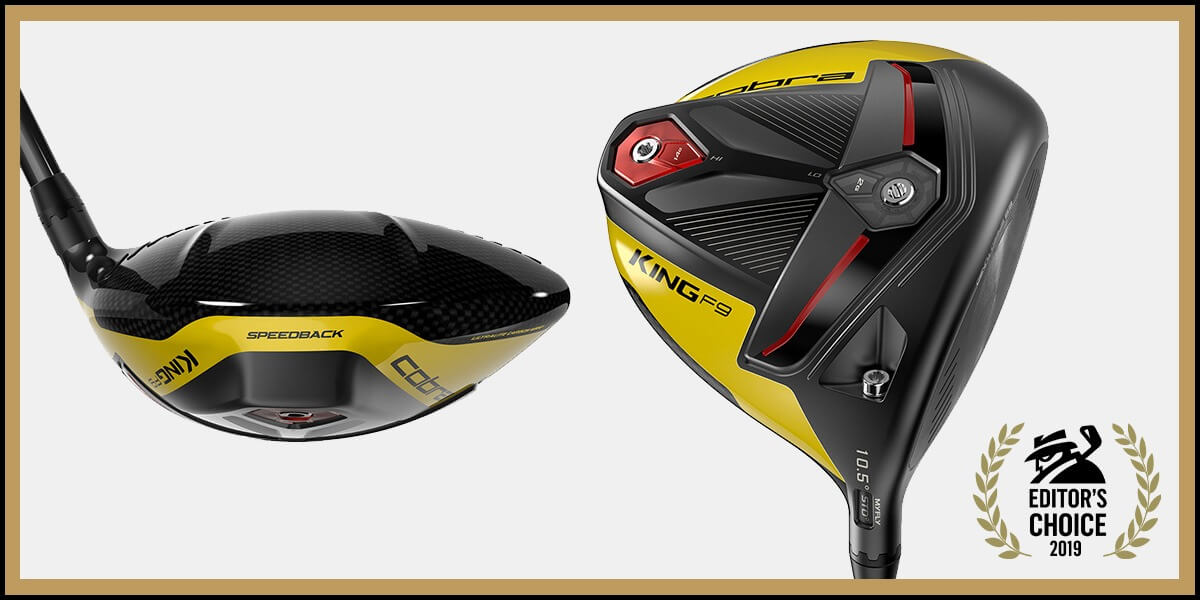


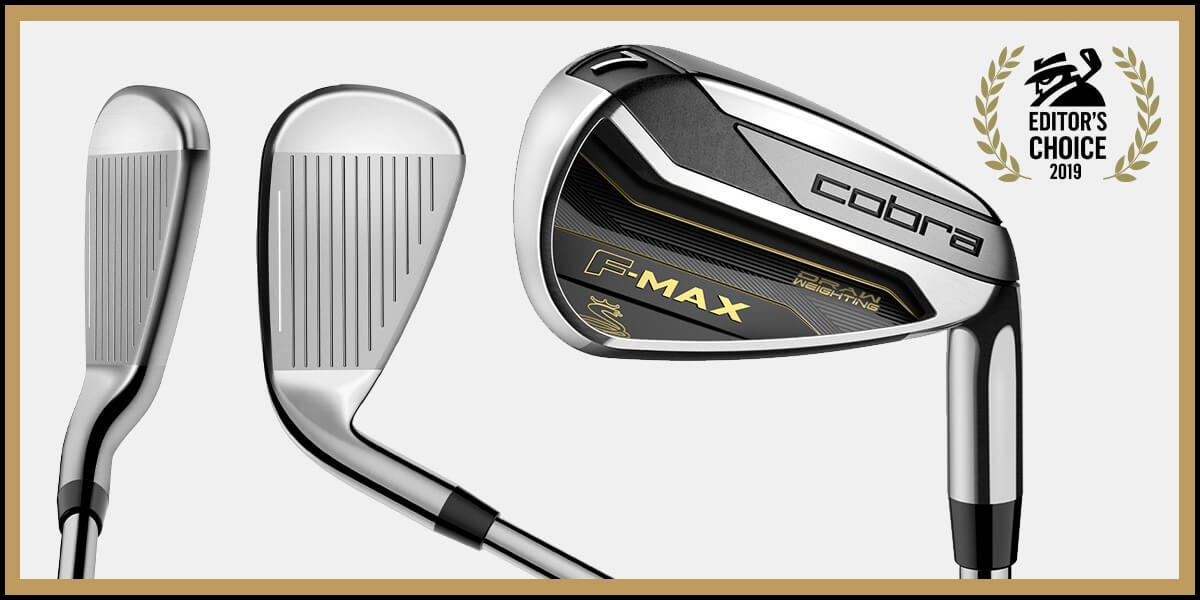

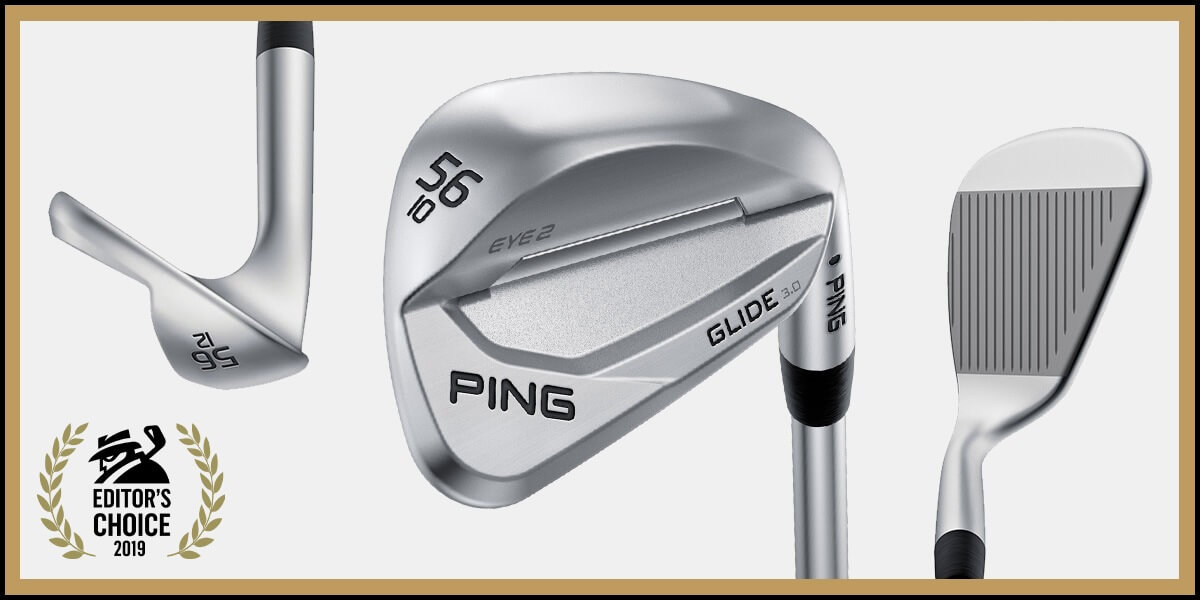
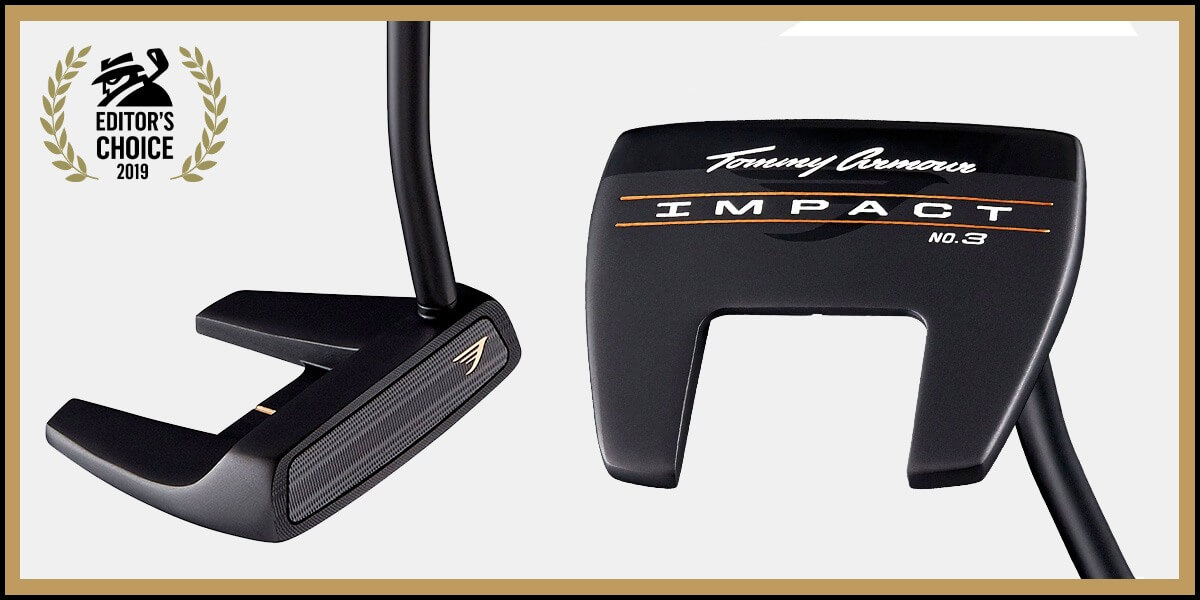



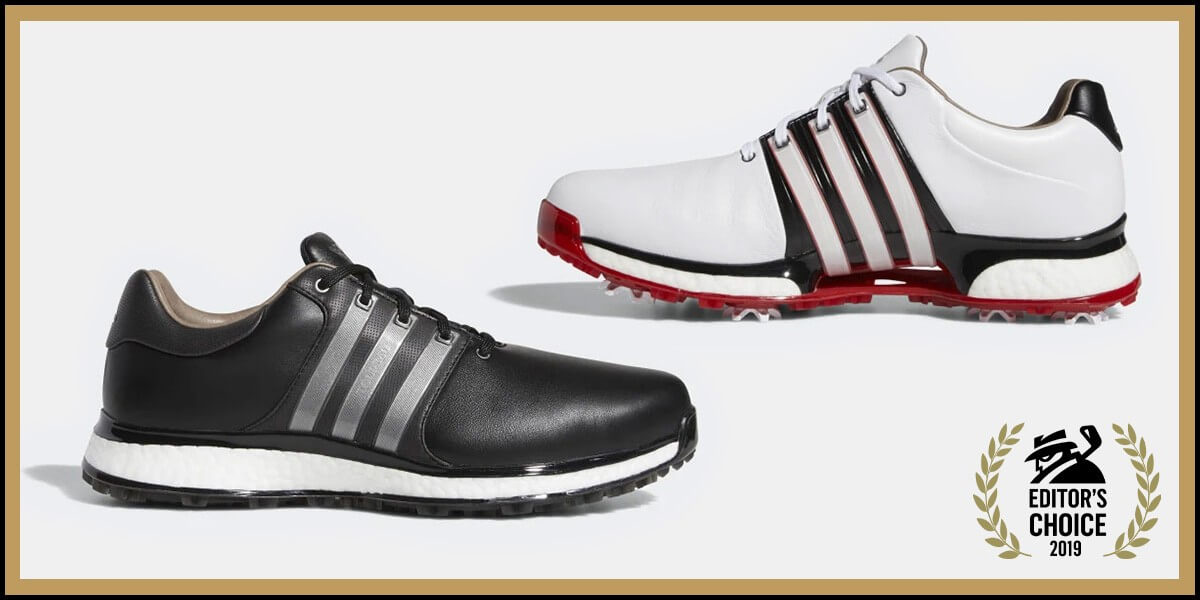

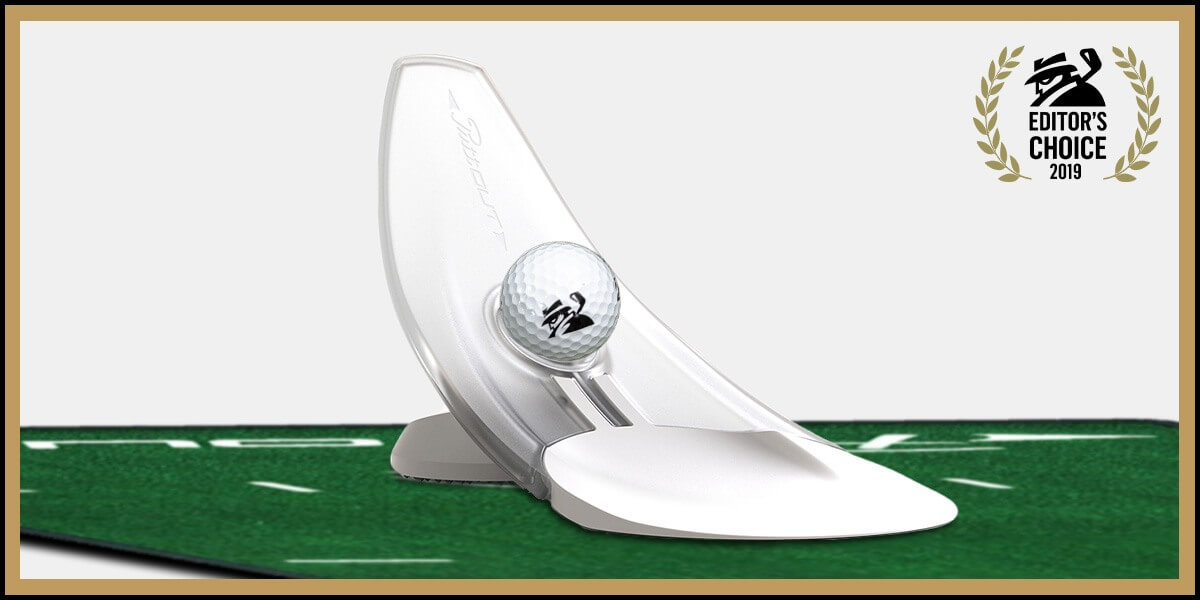











Barry R
4 years ago
The article that stands out the most is the Callway ball and the finditcutit movement. For a big time manufacturer to have that many problems was shocking to me. I thought they’d take more pride in their products and process. It at least seems like they took notice and time will tell if they improve.